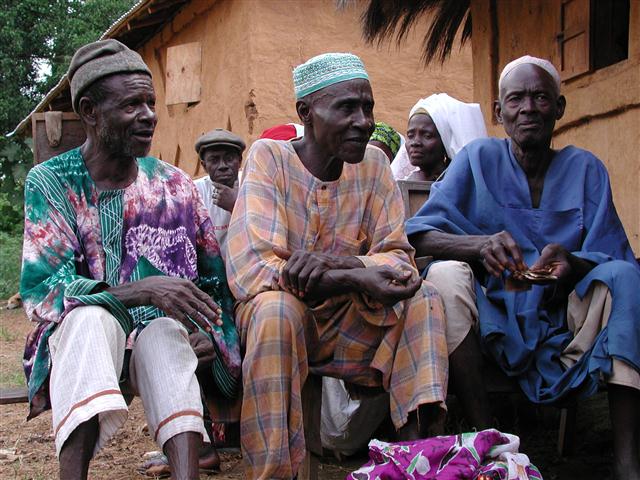Global fertility rates to plunge in decades ahead, new report says
A new study projects that global fertility rates, which have been declining in all countries since 1950, will continue to plummet through the end of the century, resulting in a profound demographic shift. The fertility rate is the average number of children born to a woman in her lifetime. Globally, that number has gone from 4.84 in 1950 to 2.23 in 2021 and will continue to drop to 1.59 by 2100, according to the new analysis, which was based on the Global Burden...










